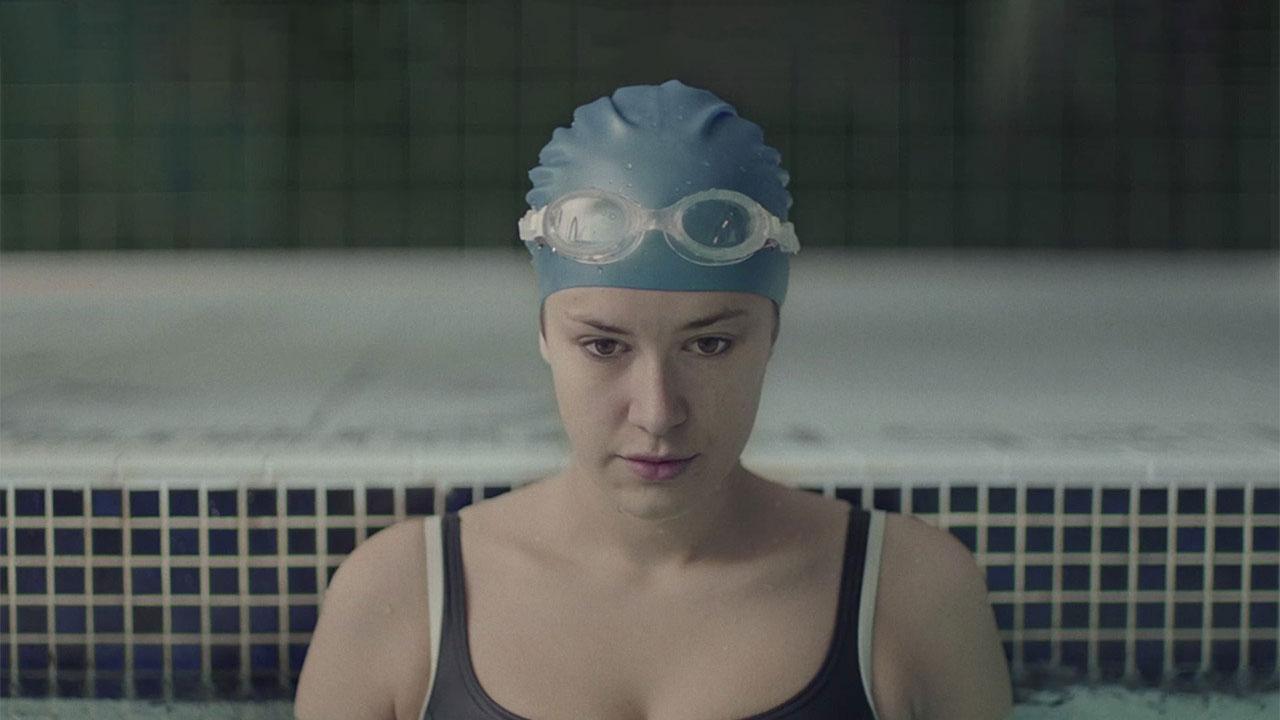Key Points
- Nuffield Health had a perception issue as it was considered a rather dull brand compared to its competitors
- TV offered the solution through a meticulously planned and well executed campaign
- The campaign drove £5.6m of incremental profit
The Challenge
Nuffield Health is a not-for-profit organisation that was founded over 60 years ago with a mission to improve the health of the nation. In recent years they have acquired the Cannons gym chain, launched a physiotherapy arm and a sophisticated health tracking app. Through these services, they aimed to unite the worlds of preventative and curative medicine and turn its business into a provider of ‘complete healthcare’.
In 2015, the challenge was one of perception. Nuffield Health remained just a hospital provider in people’s minds, with little understanding of the gym and physiotherapy services it offered, despite several campaigns to promote the gyms business. Moreover, in a market full of dynamic and youthful brands, Nuffield Health felt old-fashioned, clinical and bland.
The task was to re-position Nuffield Health, in order to grow the brand’s share across all aspects of the business. They had two key objectives
- Drive awareness and consideration for the complete healthcare offering
- Generate leads for the individual business units and demonstrate that brand-level activity could have a positive halo over the whole business
The target was to grow revenues by 22% over three years
The TV Solution
Their media agency, Mediacom, recommended that they embark on their first ever brand campaign. Three strategic pillars underpinned the development if the campaign:
1. Focussing communication on a common attitude
Mediacom built a new segmentation of the UK adult population that tied to Nuffield Health’s customer base. Out of six segments in total, two over-indexed across the full range of services: ‘Active, Ageing and Affluent’ and ‘Hectic Health-Conscious Urbanites’. These two groups accounted for nearly half of all gym members and hospital patients and although quite different demographically, they were united by a common attitude to life and health. These were people who were proactive about improving their health but struggled to find the time or the support to do so.
2. Aligning the brand activity with the busiest season for the business
Previously, Nuffield Health had concentrated on tactical response-driven communication for individual business units. They were nervous about telling an integrated story about the whole brand that might not translate into measurable business impact. So, they decided to advertise during the busiest season which is the first quarter of the year.
3. Championing a different point of view to the rest of the market
They created a campaign based on small steps to better health which they called ‘Small Victories’ and emphasised that these small victories deserve to be celebrated. It was a sentiment that held true across all aspects of the business – reflecting the rehabilitation journeys that hospital and physio customers take , just as much as the journey to fitness that gym customers experience. It also sat comfortably with the caring and nurturing personality of the brand.
Mediacom felt that, in order to deliver these strategic pillars, TV was the only choice. Only TV could offer the immediate emotional connection to share their story with the audience. Only TV could reach this audience at scale, in an immersed environment and in a truly audio-visual way that would allow viewers to be taken on a journey with them.
The Plan
They decided that every single spot they bought had to be a small victory in itself. Through precise planning and meticulous spot-buying, Mediacom orchestrated a spot schedule that was positively brimming with shows covering physical, geographical and often emotional journeys, aligning perfectly to the core story-telling environment of TV.
They had three time lengths of ad: 60, 40 and 30 second versions. Although they launched all three edits on the same day, they bought fewer, bigger, better spots for the 60” edit in the two opening days of the campaign and so ensured that the majority of their audience saw the unabridged version of their story first.
By the end, the campaign reached 80% of their audience but whilst reach and awareness was important, the key to success was the platform to talk to a receptive, emotional and invested audience.
Results
- Spontaneous awareness doubled over the campaign period at the total brand level for gyms and for physiotherapy
- Prompted awareness increased for hospitals (+23%), gyms (+56%) and physiotherapy (+20%)
- Consideration increased by 25% at total brand level, by 44% for gyms, by 33% for physiotherapy and by 26% for hospitals
- Consideration increased by 70% among ‘Ageing, Active and Affluents’ and by 38% among ‘Hectic Health-Conscious Urbanites’
- 75% of the awareness of the campaign was driven by TV
- TV was the most efficient media channel used – 30% more cost effective than online video and 38% more efficient than cinema
- Exposure to the TV increased the likelihood of a positive shift in consideration for the brand by 300%
- TV exposure increased the likelihood of a positive shift in image metrics by at least 200%
- The new business generated by the TV resulted in an incremental profit of £5.6m which meant a return on investment of £2 for every £1 spent
The small victories brand campaign surpassed our expectations. It cut through strongly to our target audience, gave us a distinctive campaign vs. the competition and has started to create a stronger and clearer positioning for the overall brand.
Nora Law Head of Customer Insight, Nuffield Health
Databank
Sector: Health
Brand: Nuffield Health
Campaign objectives: To drive awareness and consideration for the entire business
Target Audience: Adults
Budget: Approx. £2.8m
Campaign Dates: There were two bursts in 2015. The first ran from 1st January to 28th February and the second ran from 10th August to 31st October
TV Usage: 60, 40 and 30 second spots
Creative Agency: Now
Media Agency: Mediacom
 Thinkbox
Thinkbox